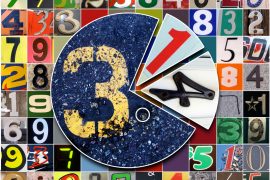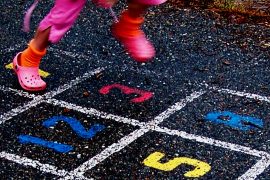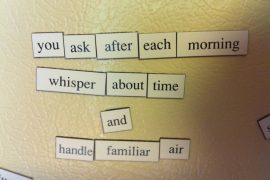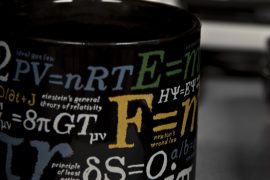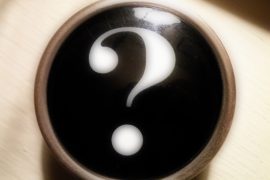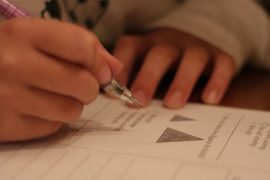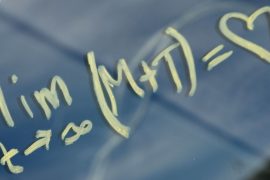There are numbers, and there are special numbers. Okay, so just like children, all numbers are special. But a few of these numbers have qualities that make them stand out from all of the rest. Some of them you’ll recognize right away, because they’re used in everyday math. Others may be completely new to you — or at least you haven’t thought about them for years!
Let’s take a look.
Zero
It may look pretty ordinary, but 0 is one of the most important numbers in the entire system. It’s called the additive identity, because when you add 0 to any number, you get that number back. As a digit, it is used as a placeholder in the decimal system. Without 0, 4.32 equals 4.032, which would really shakes things up!
It may seem strange, but zero is an even number. That’s because it is evenly divisible by 2 (0 ÷ 2 = 0). But dividing any number by 0 is undefined; you can’t do it! Zero is neither negative nor positive, and it’s neither prime nor composite. When you raise 0 to any number (square, cube, etc.), you get 0.
One
Another ordinary number, 1 is called the multiplicative identity. In other words, when you multiply any number by 1, you get that number. As a result, 1 is it’s own square, cube, etc. It’s often called the unity, and it’s the first odd number in the natural numbers. Like 0, it is neither prime nor composite.
i
Remember the rule that says you can’t take the square root of a negative number. Well, this is where i comes in. In fact, i is the square root of -1. It’s known as the imaginary number, but believe me, it’s very real. (Okay, it’s not real in the sense that it’s not part of the real number system.) That means that the square root of -25 is ±5i. The square of i is 1.
Imaginary numbers aren’t used in everyday math, but they’re a big deal in electromagnitism, fluid dynamics and quantum physics.
Φ
Phi is another number that you might not be very familiar with, but many mathematicians would say that it’s the most beautiful of all numbers. That’s because it represents the Golden Ratio. Two numbers are in the golden ratio if the sum of the quantities to the larger quantity is equal to the ratio of the larger quantity to the smaller quantity. Whew! That complicated definition boils down to the irrational number 1.6180339…
The golden ratio is found in art, architecture, music and even finance. The proportions of the Parthenon are said to mirror the Golden Ratio or Φ, and Salvador Dali’s The Sacrament of the of the Last Supper employs Φ. Stradivari used the Golden Ratio to place the f-holes in his violins. And it seems that the financial markets mimic the Golden Ratio.
Nature abounds with the Golden Ratio. If you divide the number of male bees by the number of female bees in a hive, you’ll get 1.6180330… Measure of the distance from your shoulder to your finger tips and the distance from your elbow to your finger tips. Divide the longer measurement by the shorter, and — yep, you guessed it — you’ll get Φ.
e
Like i and Φ you may not be very familiar with the number e. Quite simply, e is the base of the natural logarithm. It is equal to the irrational number 2.71828…
Computer geeks love e. When Google went public, the company’s goal was to raise $2,718,281,828 or e billion dollars to the nearest dollar. In further homage to the special number, the company put up a mysterious billboard designed to attract potential employees, who were also enamored with e.
π
Of course no list of special numbers would be complete without π or pi, which is equivalent to 3.1415926… But do you know where π comes from and why it’s so important? The number is the ratio of the circumference of a circle to its diameter. In other words, if you divide the circumference of any circle by its diameter, you’ll get π. Cool huh? Pi helps us find the area and circumference of a circle. It’s also useful in trigonometry.
More importantly, π has it’s own day: March 14 (or 3/14), when eating pie is encouraged, as well as celebrating the most famous constant in all of mathematics.
Do you have any additions to this list? Share your ideas in the comments section.
